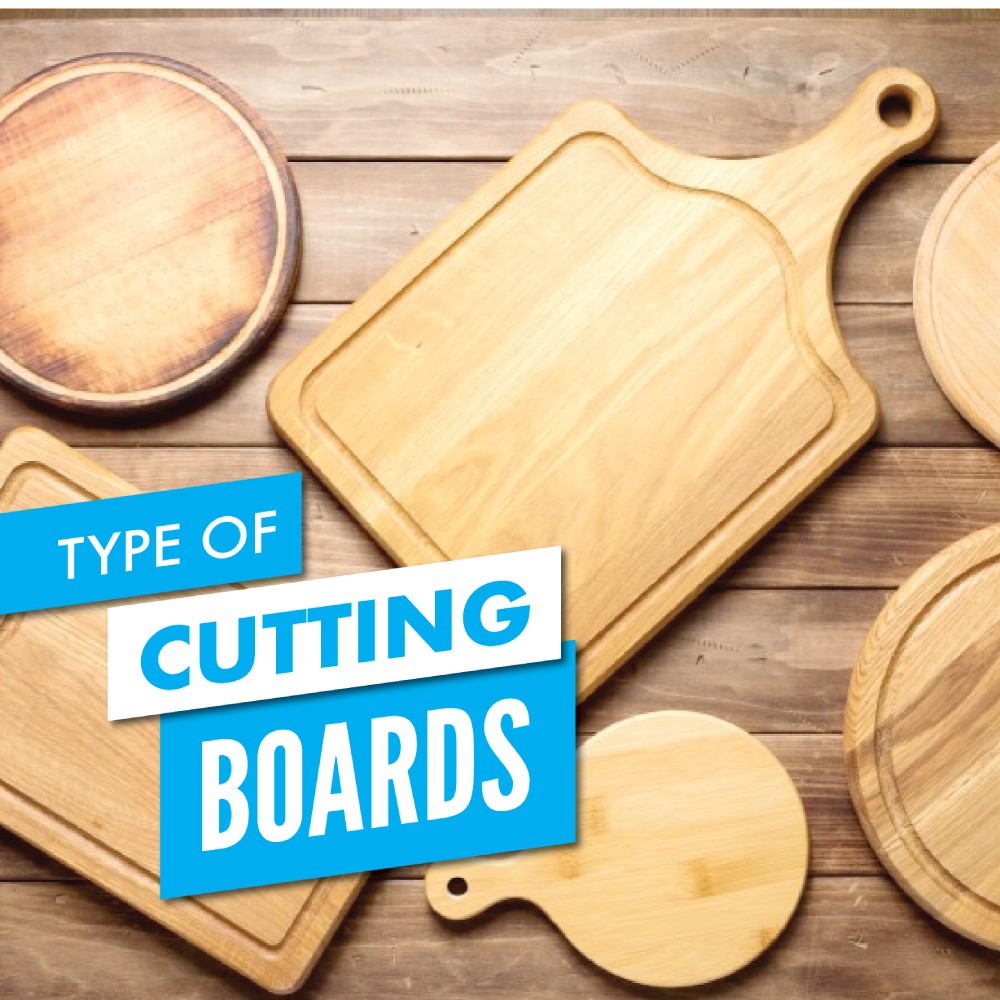
Traditional Eid Mubarak Indonesian Food
Maintaining a clean and safe kitchen environment is of utmost importance for both home cooks and professional chefs. Among the many kitchen tools and surfaces, cutting boards play a critical role in food preparation and can significantly impact food safety. Understanding the principles of kitchen safety and cleanliness, particularly when it comes to cutting boards, is essential to prevent cross-contamination and ensure the health and well-being of those consuming the food.
Proper cutting board hygiene begins with understanding the different types of cutting boards available and their respective cleaning requirements. cutting boards are crucial in the kitchen for maintaining food safety, protecting knives and surfaces, and providing a convenient and versatile workspace. Investing in high-quality cutting boards and practicing proper cleaning and maintenance will contribute to a more enjoyable and hygienic cooking experience. Here’s a breakdown of typical color of cutting boards that you must know:
- Red cutting boards: Red is often associated with raw meat. Red cutting boards are primarily used for cutting raw beef, pork, and lamb. This color helps differentiate the board used for raw meat from other cutting boards, reducing the risk of cross-contamination and the spread of harmful bacteria.
- Yellow cutting boards: Yellow is commonly used for poultry. Cutting boards with a yellow color designation are reserved for cutting raw chicken, turkey, duck, and other poultry products. Using a specific color for poultry helps ensure that these boards are not used for other food items, minimizing the potential for cross-contamination.
- Green cutting boards: Green is typically used for cutting fruits and vegetables. Green cutting boards are dedicated to cutting fresh produce like lettuce, cucumbers, peppers, and other vegetables. Separating these boards from meat and poultry boards helps maintain food safety and prevents the transfer of flavors and pathogens.
- Blue cutting boards: Blue cutting boards are commonly designated for cutting raw fish and seafood. They are used for cutting fish fillets, shrimp, scallops, and other seafood products. By using a distinct blue board, it becomes easier to distinguish between seafood and other food types, reducing the risk of cross-contamination
The use of different colors for cutting boards is a common practice in professional kitchens and food preparation environments. It serves as a visual cue to differentiate cutting boards based on the type of food they are intended for. It’s important to note that while specific colors for cutting boards may vary slightly between regions or establishments, the underlying principle remains the same: to prevent cross-contamination and ensure food safety through proper segregation of cutting boards based on food types.
International Culinary Business at Swiss German University is a good way to start getting a lot of knowledges for kitchen and pastry industry, International Culinary Business also is a good way to start focus building a career as a culinary entrepreneur and will bring you how to make your own restaurant or culinary business in the future.
The knowledge of Mother Sauce for details you will get this knowledge on 2nd Semester, not only knowing the theory but also Swiss German University will bring you to the practical. Swiss German University is the first and only offer a double degree program in Culinary Business in Indonesia. IMI ( International Management Institute Switzerland ) as a partner of Swiss German University, will bring you to Switzerland to study, get a wonderful experiences, get a wonderful relations, expand you skills and knowledge towards advanced skills, and get a double degree program.
Contributor: Brand Champion
Diva Salma Rismala Putri – International Culinary Business 2020
About SGU
SWISS GERMAN UNIVERSITY (SGU) is an international university in Indonesia, was established in 2000 as a joint effort between Indonesia, Germany, Switzerland, and Austria. We are the pioneer in offering international curricula in Indonesia. Qualified students can graduate with a Double Degree from Indonesia and Germany, which SGU provides in cooperation with partner universities; surely a valuable tool for your future careers. Ever since its establishment, SGU has been dedicated to delivering quality education in line with international standards and aims to develop skilled professionals who meet the demands of the industry. In order to achieve its objectives, SGU offers quality-oriented learning through 14 Bachelor’s Degree Programs and 6 Master’s Degree Programs ranging from Engineering, Information Technology, and Business to Life Sciences and Social Sciences. Furthermore, with small class sizes, and with English as the medium of instruction, you can look forward to pursuing your tertiary education and degree with full confidence.

